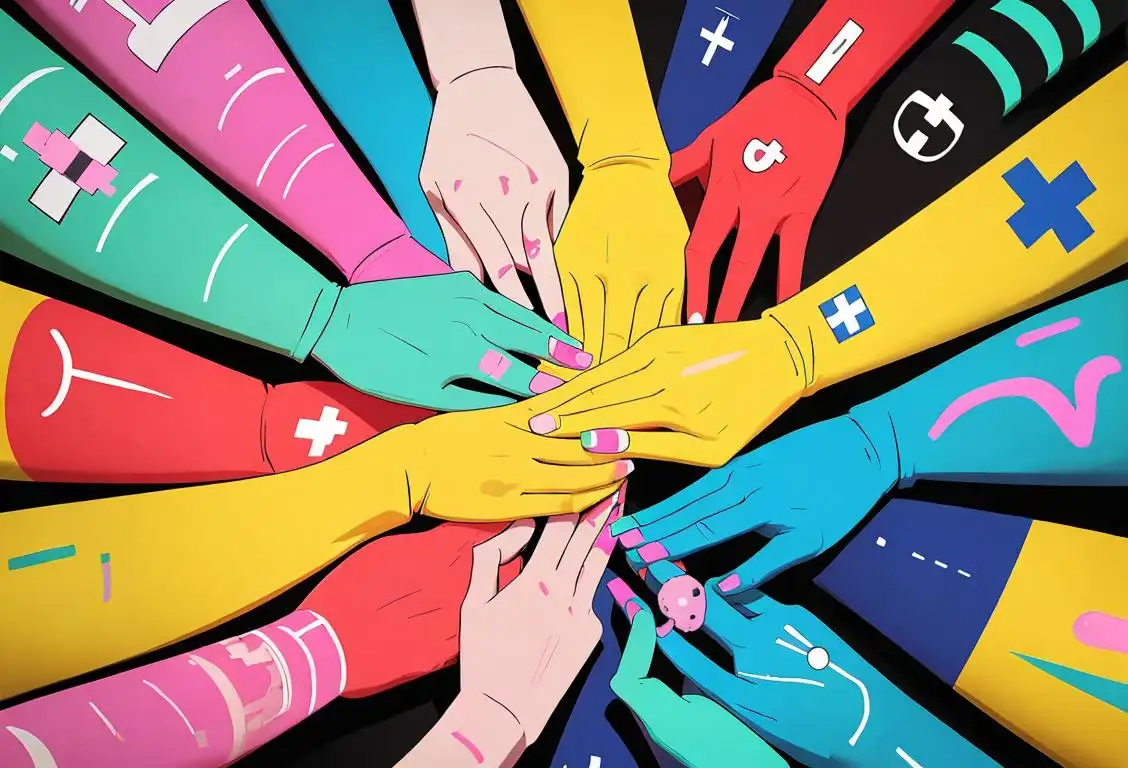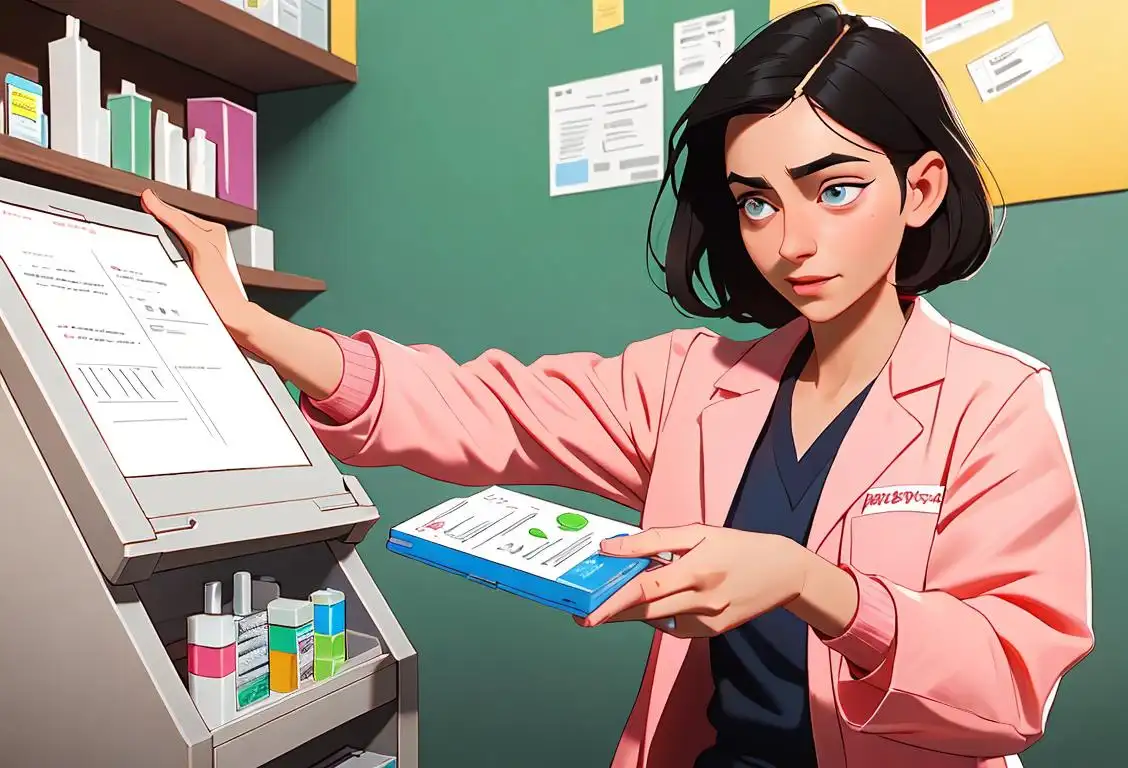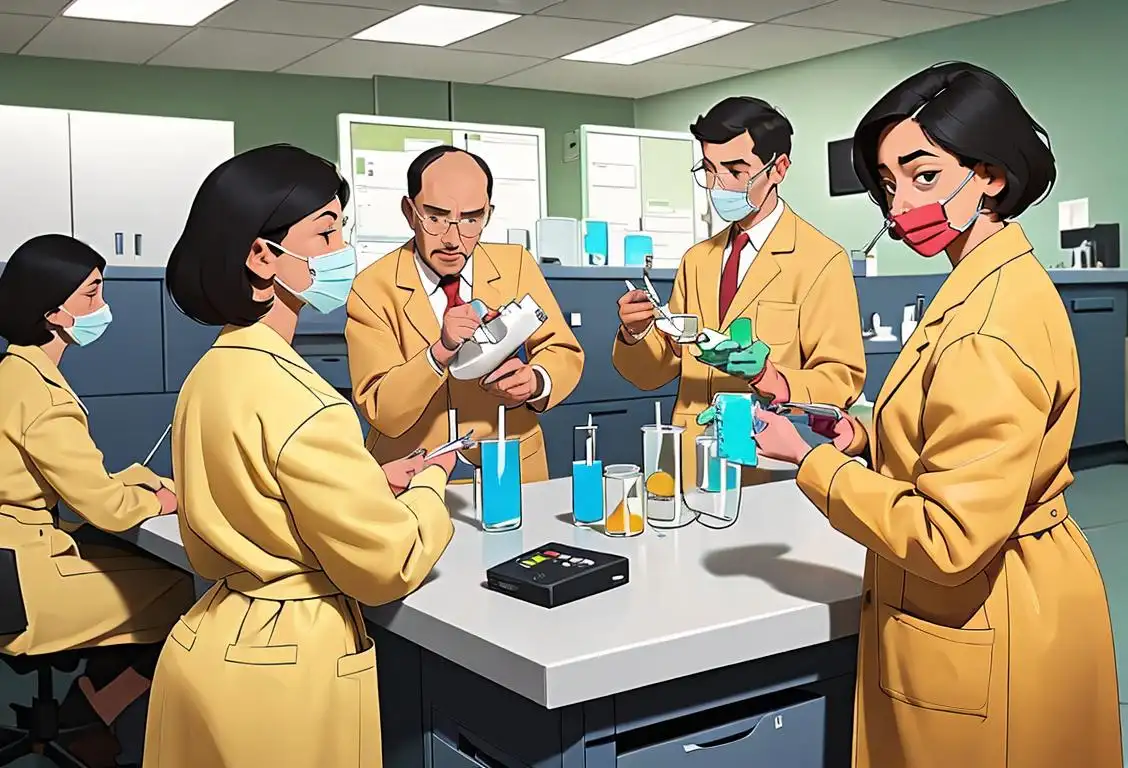National Ketamine Day

Gather 'round, trend-setters and curiosity seekers! Let us delve deep into the history of a day that's not your typical chocolate-and-roses kind of day. It’s the purported National Ketamine Day. While the notion might raise a few eyebrows, let's remember that we're here to satiate your curiosity with pure facts – and a sprinkle of lighthearted humor!
When is Ketamine Day?
It's national ketamine day on the 3rd October.
A Flicker in the Vast Internet Universe
Through our digital telescope, we've detected only 5 mentions of National Ketamine Day throughout the cyber cosmos. The most vibrant of those being on the 3rd of October, 2016. However, akin to spotting an unidentified flying object, it causes more questions than it answers. Is there an intergalactic party we're not aware of, or is this a random fluctuation in the social media galaxy? Only time and more data will tell.
Earths Forbidden Fruit?
Ketamine, an anesthetic rather known for its alternative 'party' use, has an day named after it is perplexing. Apparently, its celebratory status doesn't come with parades or firework – rather it’s about raising awareness about the drug, its uses and misuses.
From Legendary Day to Modern Myth?
As of now, National Ketamine Day is akin to an urban legend. Did it really exist or was it just a rumor spread in the depths of the internet? While we strive for accuracy and authenticity, decoding the origin of National Ketamine Day is comparable to interpreting a cryptic message from outer space. So, take this info with a grain of salt or two!
History behind the term 'Ketamine'
1956
Discovery of phencyclidine (PCP)
Phencyclidine (PCP), a dissociative anesthetic, is first synthesized by the medicinal chemist Victor Maddox in 1956. PCP was initially developed as a potential surgical anesthetic but was later discontinued due to its serious side effects and unpredictable reactions in patients.
1962
Development of ketamine
Five years after the discovery of PCP, the pharmaceutical company Parke-Davis synthesizes ketamine, a modified form of PCP. The chemist Calvin Stevens is instrumental in the development of the drug. Initially known as CI-581, ketamine soon catches the attention of medical researchers due to its unique properties.
1965
First human use of ketamine
Ketamine is first used on human subjects for anesthesia purposes. Its effectiveness in inducing a dissociative state, providing analgesia, and maintaining cardiovascular stability makes it a valuable tool for medical procedures. The initial medical use of ketamine paves the way for further exploration and research.
1970
Ketamine's rise as a recreational drug
During the 1970s, ketamine gains popularity as a recreational drug, particularly in the club and party scenes. Its dissociative effects, hallucinogenic properties, and ability to induce a dreamlike state contribute to its appeal among users seeking altered states of consciousness. However, the non-medical use of ketamine raises concerns about its potential for abuse and addiction.
1997
Use of ketamine in veterinary medicine
Ketamine finds extensive use in veterinary medicine as an anesthetic for various animals, including horses, cats, and dogs. Its favorable safety profile, analgesic properties, and rapid onset of action make it a valuable tool for veterinarians. The use of ketamine in veterinary practice continues to this day.
2000s
Ketamine as a potential treatment for depression
In the early 2000s, researchers explore the antidepressant effects of ketamine. Studies show that low-dose ketamine infusion can rapidly alleviate symptoms of treatment-resistant depression, providing hope for patients who have not responded to conventional treatments. Ketamine's potential role in mental health treatment raises significant interest in the medical community.
2019
FDA approval of ketamine nasal spray
The United States Food and Drug Administration (FDA) approves esketamine, a nasal spray containing the S-enantiomer of ketamine, for the treatment of treatment-resistant depression. This marks a significant milestone, as it is the first medication with a mechanism of action different from traditional antidepressants to receive FDA approval in decades.
Did you know?
Did you know ketamine was first synthesized in the 1960s and initially used as a battlefield anesthetic during the Vietnam War before it found its way to the party scene?Tagged
awareness internet history health curiosity scienceFirst identified
3rd October 2016Most mentioned on
3rd October 2016Total mentions
5Other days
Ketamine Day
Vaccine Day
Hiv Vaccine Awareness Day
Women Physicians Day
Fitness Day
Prescription Drug Take Back Day
Drug Test Day
Hiv Testing Day
No Bra Day
Doctors Day








